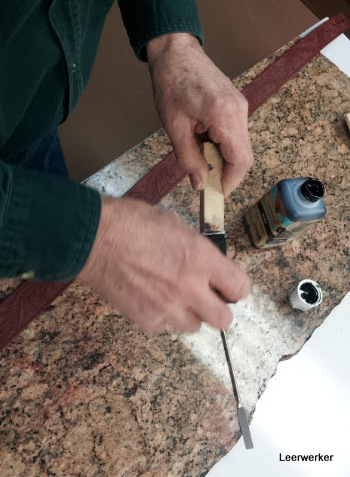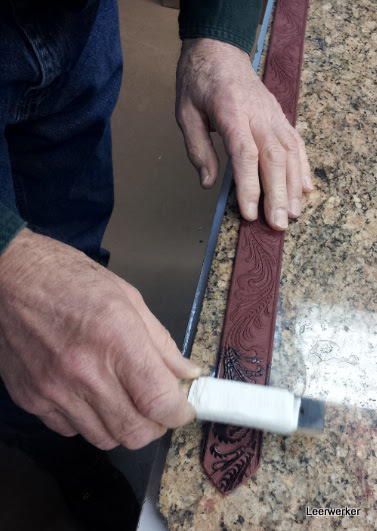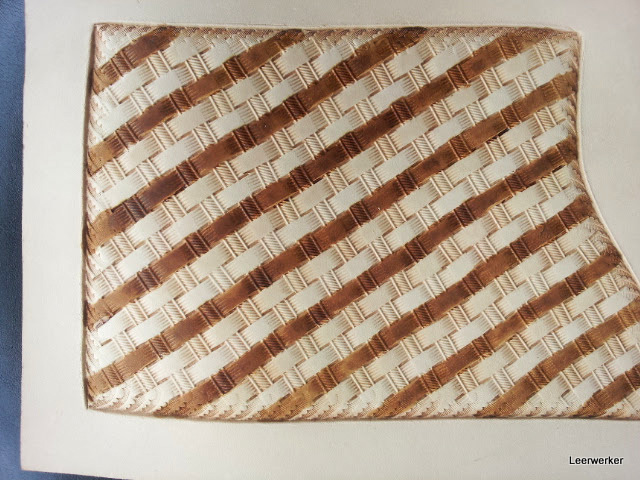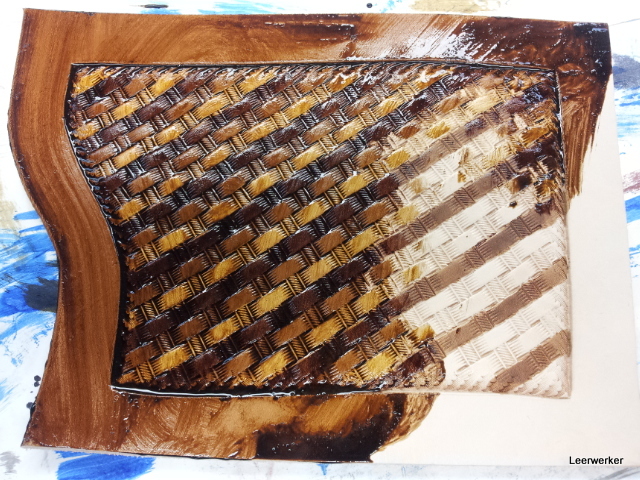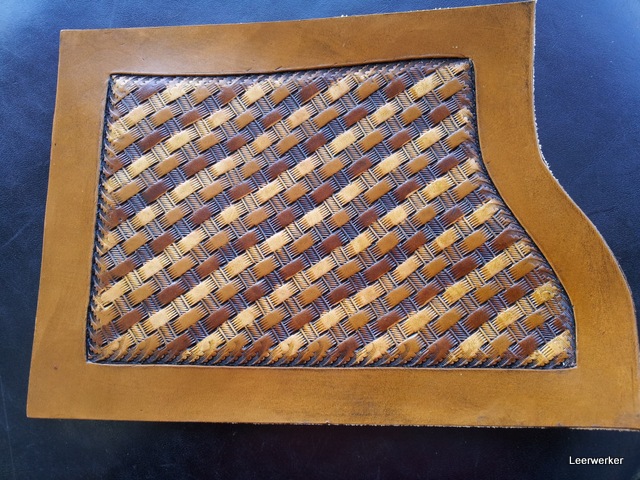BLOG POST (second video).
Saturday, February 1, 2020
Basketweave Around Something
BLOG POST (second video).
Friday, July 27, 2018
Cable Organizers
I have been having a lot of fun making these cable organizers - they are used to keep your earphone or charger cables tied together and untangled.
They allowed me to play with tools I have not used in a long time and coloring techniques I want to test on something small. And they make great gifts!
This video describes how to make a few rows of hearts with the meander tool:
Then there are basketweave squares:
And spiraling basketweave:
A simple woodgrain effect:
And coloring the wood: [To see how this one eventually turned out, it is the bottom left-most one on the second photo above.]
Have Fun!!!!
Monday, March 31, 2014
Making a KnifeSheath
This post shows some basic steps in producing a simple project.
..and here is the second video - it is long but shows the full basket weave stamping and border stamping.
The first basket weave shows Chan Geer's method of getting the basketweave perfect every time!
If you want to see this method of doing basket weave in print, contact the
Leather Crafters and Saddler's Journal.
They can help you with back issues that the articles about basketweave was printed.
Video number five shows the saddle stitch by hand, using two needles and an awl in hand.
Tuesday, February 12, 2013
Resist and Hi-Lite

